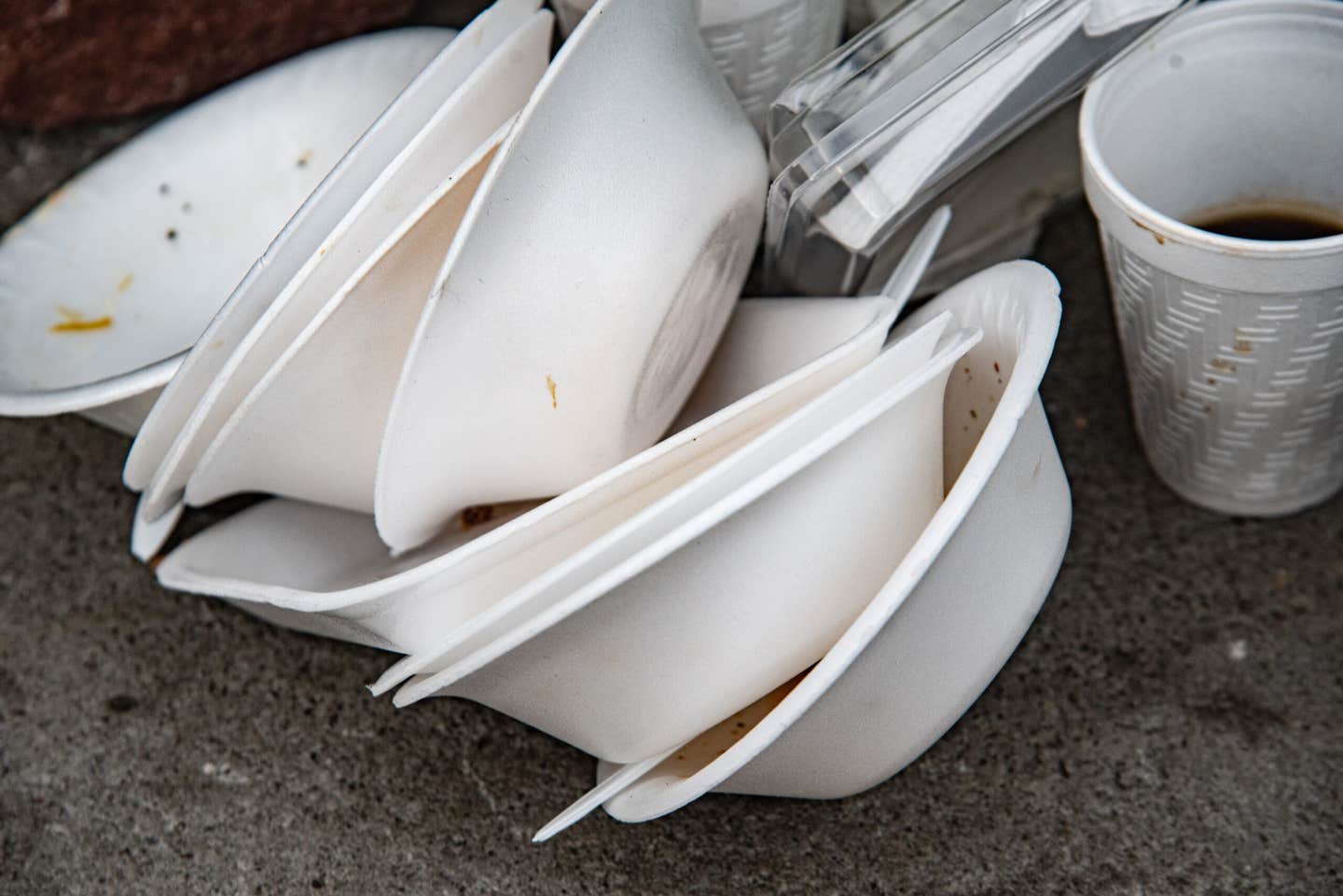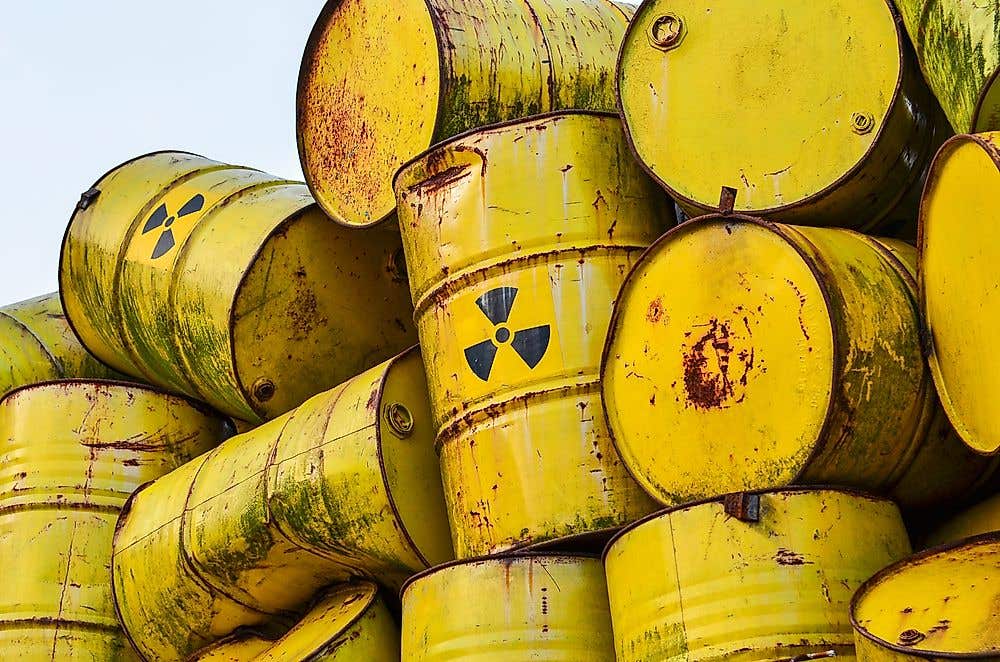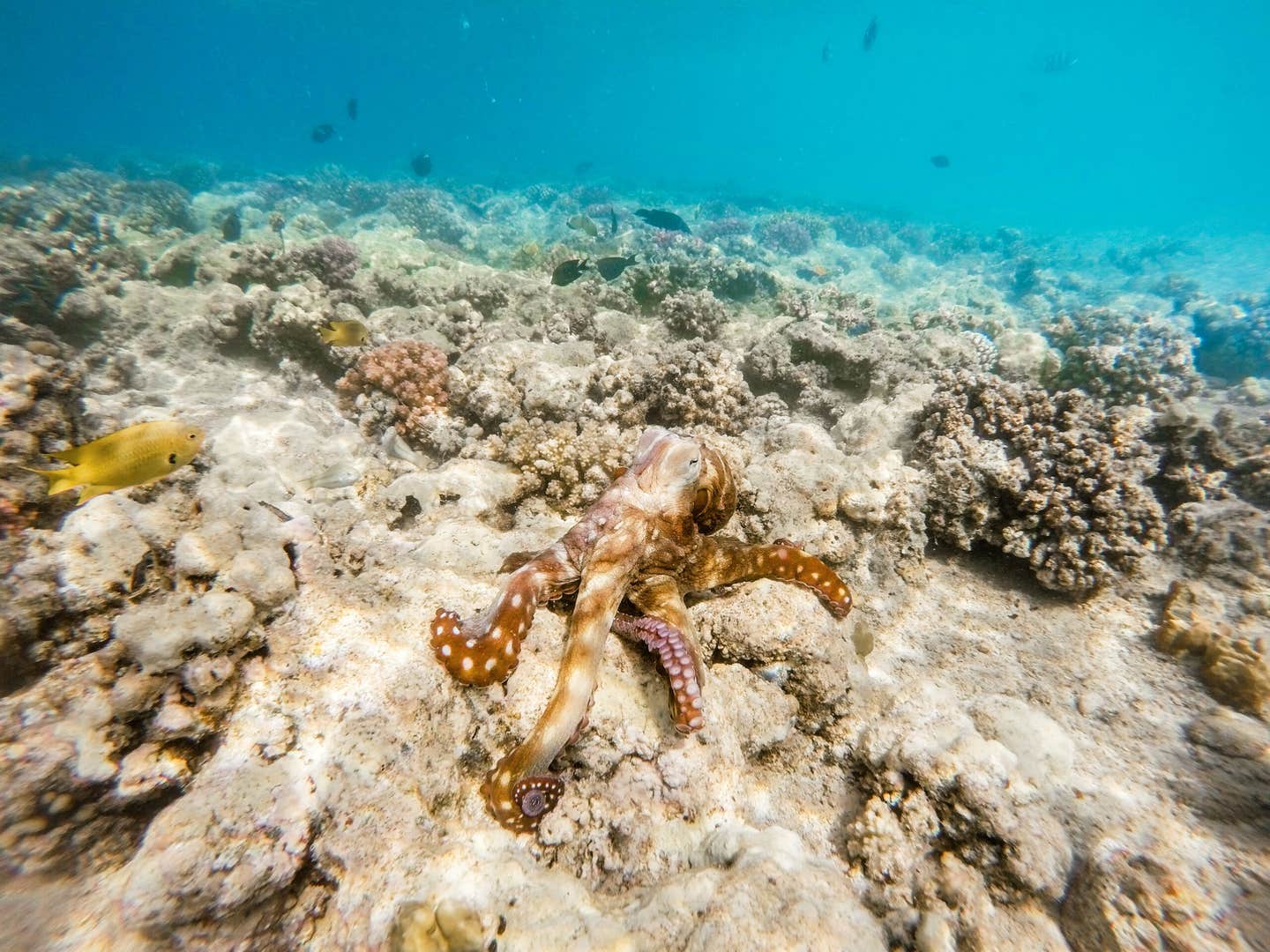Scientists transform Styrofoam cups and containers into nylon products
Scientists show how bacteria can turn Styrofoam waste into nylon ingredients, offering a cleaner and valuable way to cut plastic pollution.

Styrofoam is tough to recycle, but researchers have trained bacteria to turn it into nylon ingredients. (CREDIT: Shutterstock)
Each year, more than 20 million tons of polystyrene, or Styrofoam, accumulate on earth. It's on your take-out container, food packaging, and shipping packing that cushions your latest online purchase. Once it's thrown away, it persists for centuries.
Unlike some plastics, polystyrene is recalcitrant and doesn't usually find its way into recycling. But a recent report shows a light of hope: instead of letting it clog landfills and waterways, scientists are discovering how to break it down and remake it into brand-new materials.
The process, called biological upcycling, doesn't merely shatter foam into pieces and re-form them into lower-quality products. It actually recycles the waste into the exact same high-value building blocks that produce brand-new plastics, fibers, and coatings. It's sort of giving trash a second life—without oil.
From Foam to Chemistry
Polystyrene is made up of very long chains of styrene molecules. They are hard to disassemble. Saarland University professor of biotechnology Christoph Wittmann put together a team that met the challenge with the help of bacteria and enzymes. After years of laboratory tinkering, they trained a bacterium, Pseudomonas putida, to "digest" fragments of polystyrene and transform them into valuable chemical compounds.
"The real break-through," Wittmann said, "is that our research collaborators at INM led by Professor Aránzazu del Campo were able to demonstrate that the materials made with our process possess the same properties as the materials made from virgin petroleum-based feedstocks." That is to say, the recycled materials are just as strong and as dependable as plastics made directly from oil.
The team didn’t do it alone. They partnered with polymer chemists from Markus Gallei’s research group, scientists from the Leibniz Institute for New Materials, and collaborators in Dortmund and Vienna. The project received support from the European Union’s Repurpose program, which focuses on creative ways to cut plastic waste.
Building Nylon From Waste
One of the most surprising products is chemicals used to make nylon. By inducing bacteria to make muconic acid, researchers could then chemically convert it into adipic acid and hexamethylenediamine. Each has six-carbon chains, one ending in acid groups and the other capped with amine groups. Blend them together, and you have nylon—a substance that shows up in stockings, carpets, car seats, zip ties, and millions of other items.
The team also showed that it is possible to make other significant chemicals, like hexanediol, from waste polystyrene. These kinds of chemicals are normally made from petroleum. Now that they have some microbial help, they can be made from waste foam cups and trays.
Proof-of-concept experiments like these are never perfect. The yields—the amount of product extracted from waste—are still low relative to industrial chemical plants. Certain enzymes lose their activity after being used many times, and separating pure products out of reaction residue remains expensive and technically difficult.
Though, the presence of microbes that can be convinced to recycle trash into nylon products is a giant step. The scientists assert their products are chemically no different from conventional options, which would enable industries to adopt them without altering manufacturing processes.
Why It Matters
Traditional recycling produces low-grade plastic worth less than when initially created. That's the reason most polystyrene becomes discarded. Biological upcycling, however, produces chemicals that cost the chemical industry money to have. This shift could transform recycling into a money-maker as well as an environmental necessity.
The process also nicely fits into the idea of a circular economy—where waste is recycled into raw material instead of a dead end. Microbes and enzymes can do the job under mild conditions, less heat and fewer toxic chemicals than traditional processes. That means cleaner, greener chemistry.
Of course, there are still challenges. Prices have to be lowered, enzymes must last longer, and big reactors must be trialed. But scientists see the day coming when foam is not only a pollutant in the environment but also an input to new products.
For Wittmann, project success vindicates the power of cooperation. He mentions the proximity of Saarland University's campus as a prime advantage. "I can meet with colleagues from the chemistry department or the Leibniz Institute for a coffee or we can discuss a project over lunch," he added. "Success in sustainability is linked to cooperation. It's not something one researcher can achieve alone."
Real-World Applications of the Research
If scaled up, polystyrene might shift from being a waste problem to a source of valuable chemicals. That means fewer landfills of Styrofoam, less plastic in the oceans, and a less dirty process for creating essential materials like nylon.
Companies that utilize petroleum as their raw material could, in its stead, draw from an endless supply of recycled foam, cutting costs and emissions.
On a larger scale, the process could create new ways to think about waste as a resource, advancing society closer to a true circular economy.
Research findings are available online in the Chemical Engineering Journal.
Related Stories
- Solvent-based recycling and AI could be the key to solving plastic waste
- High school student develops inexpensive way to remove microplastics from drinking water
- Breakthrough discovery transforms plastic waste into common painkiller
Like these kind of feel good stories? Get The Brighter Side of News' newsletter.
Shy Cohen
Science & Technology Writer



